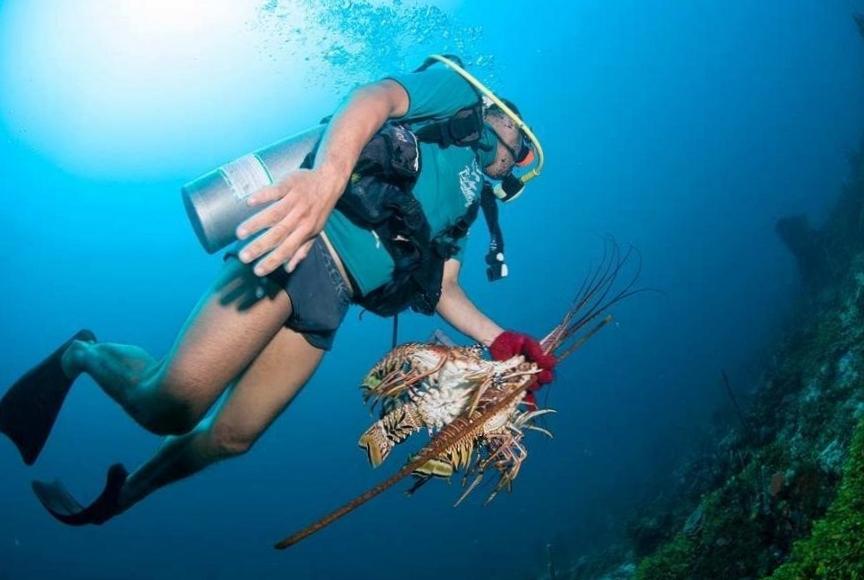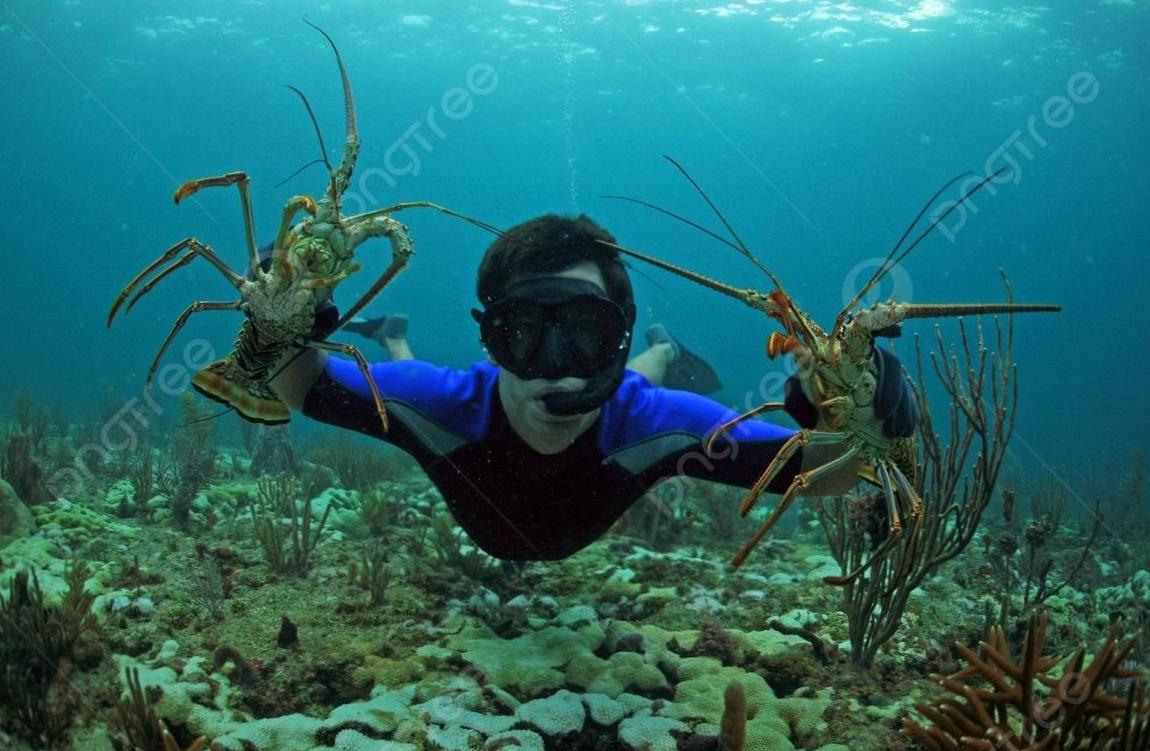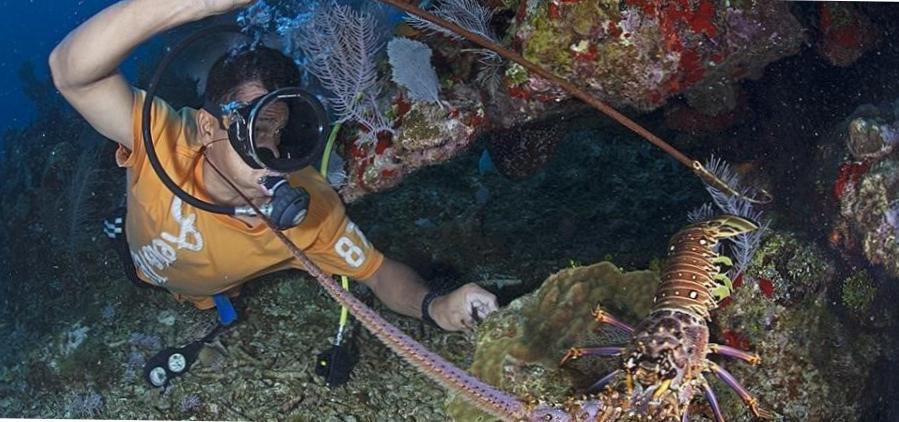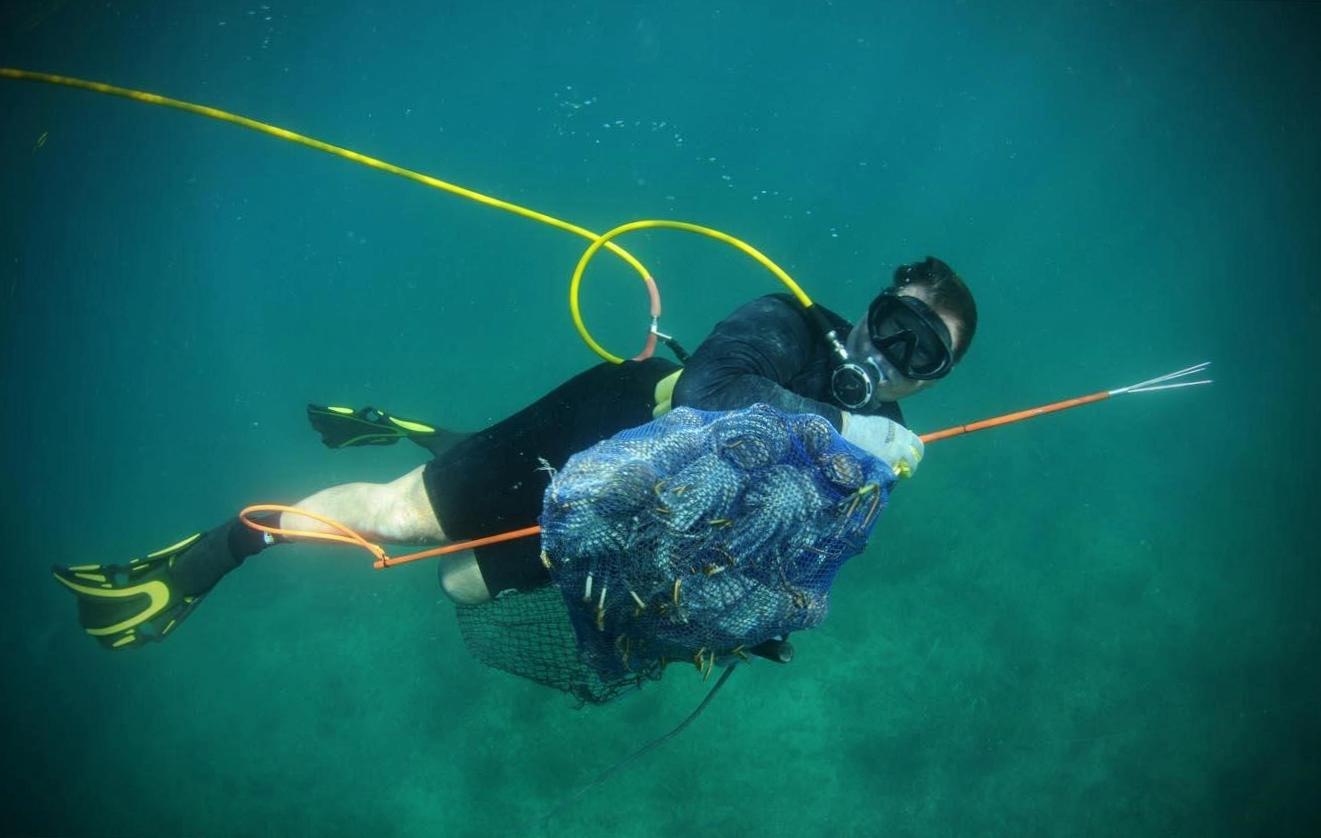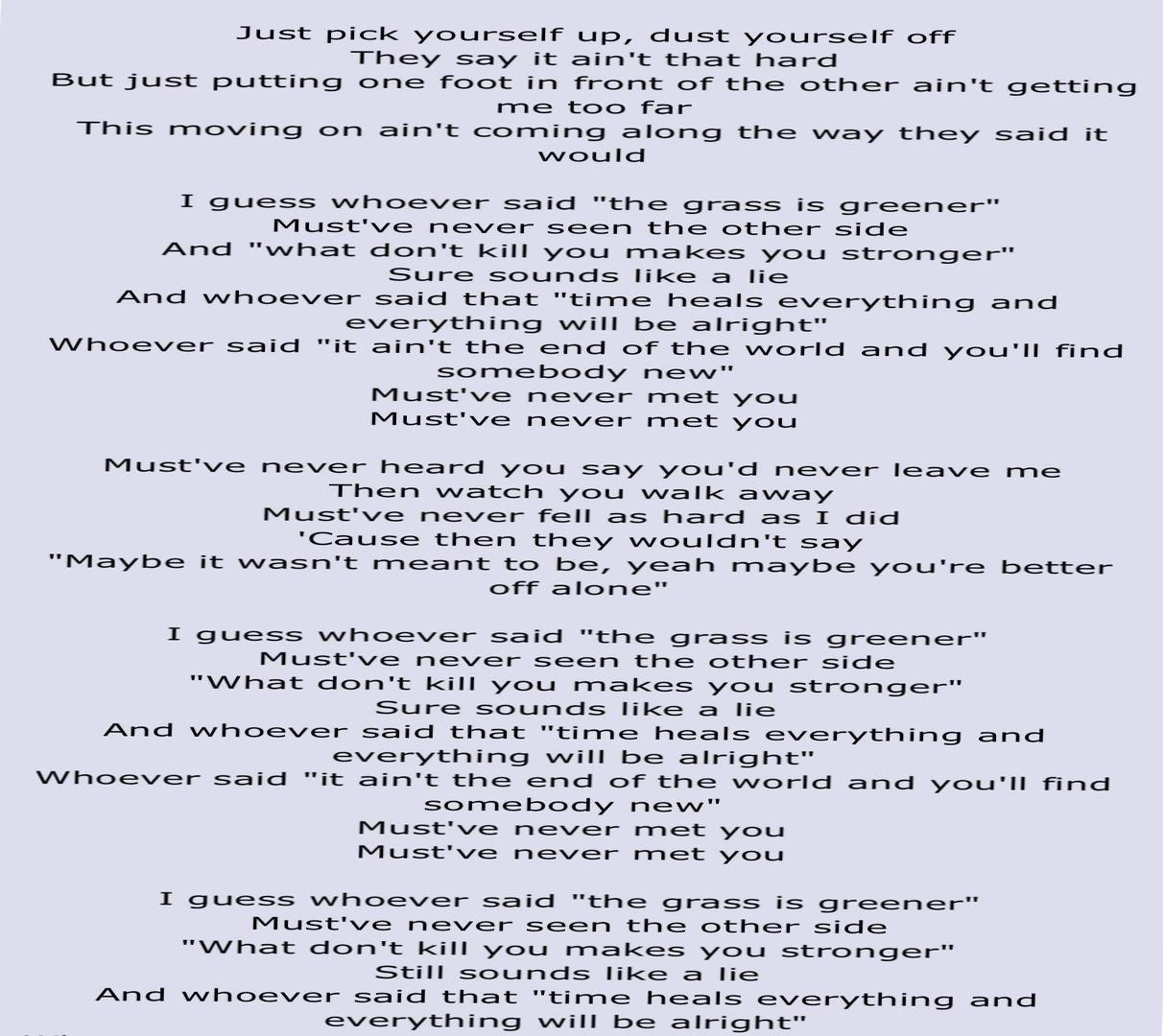Diving for lobster is an exhilarating underwater adventure that enthusiasts should not miss. Whether you are a seasoned diver or a beginner, this guide will provide you with all the information you need for a successful lobster hunting expedition. Discover the best diving spots, learn about the equipment required, and get expert tips on how to catch these delicious crustaceans.
Diving for Lobster: A Guide to the Thrilling Underwater Adventure
Looking for an exciting new watersport that combines the thrill of diving with the delicious reward of a fresh lobster dinner? Look no further than diving for lobster! This exhilarating activity has gained popularity among outdoor enthusiasts and seafood lovers alike. Imagine exploring the depths of the ocean, hunting for these delectable crustaceans in their natural habitat. Whether you are a seasoned diver or a beginner looking for a new adventure, diving for lobster offers a unique and rewarding experience. In this guide, we will provide you with all the information you need to get started in this thrilling underwater pursuit. From equipment and safety tips to finding the best diving locations, we’ve got you covered. So put on your diving gear and get ready to embark on an unforgettable aquatic journey!
Preparing for a Lobster Diving Expedition
Are you ready to embark on an unforgettable underwater adventure? Diving for lobster is not only thrilling but also rewarding. As you glide beneath the surface, your heart races with anticipation, knowing that a prized lobster could be just within reach. But before you dive in, it is crucial to prepare yourself for this exhilarating experience. First and foremost, ensure that you have the necessary diving certification and equipment. A good wetsuit or drysuit, along with fins and a mask, are essential for your safety and comfort. Additionally, make sure to bring a reliable underwater flashlight, a lobster measuring gauge, and a sturdy mesh bag for your catch. Familiarize yourself with local regulations and restrictions to avoid any legal issues. It’s also a great idea to join a guided lobster diving tour led by experts who can show you the best spots and provide valuable insights. With the right preparation, you’ll be ready to dive into the unknown and discover the hidden world of lobsters lurking beneath the waves.
Diving for Lobster: A Guide to the Thrilling Underwater Adventure
Are you ready to embark on an exhilarating underwater adventure and come face to face with these marvelous creatures? If you have a passion for diving and a love for lobster, then we’ve got the perfect guide for you. In this article, we will explore the art of diving for lobster, from locating their habitats to understanding their behavior. Get ready to dive into the depths and discover the secrets of these fascinating crustaceans.
know that finding the best lobster spots requires more than just donning a wetsuit and jumping into the water. It’s essential to acquaint yourself with the lobster’s natural habitat to increase your chances of a successful catch. Lobsters tend to seek shelter in rocky areas with plenty of crevices and caves. These nooks and crannies provide the perfect hideaways for these elusive creatures. As you descend into the depths, keep an eye out for large rock formations and underwater cliffs, as these are often favorite lobster hotspots.
is another crucial aspect of mastering the art of lobster diving. These magnificent creatures are primarily nocturnal, meaning they are most active during the night. If you plan to dive during daylight hours, don’t worry! Lobsters can still be found, but they might be seeking refuge in their hiding spots. For the best chances of spotting a lobster, try diving during dusk or dawn, when they start venturing out from their hiding places in search of food.
can significantly enhance your lobster hunting skills. Lobsters have excellent vision and can quickly detect movements in their surroundings. To maximize your stealth, wear dark, non-reflective clothing that blends in with the underwater environment. Slow and deliberate movements are key. Dive silently and avoid sudden gestures that could startle the lobsters and send them scurrying back into their shelters.
requires skill and patience. Once you have located a lobster, approach it cautiously from behind and slowly extend your arm in the direction of its tail. Maintain a firm grip around the lobster’s tail, ensuring your fingers are secure and out of reach of its sharp claws. To avoid injury, never grab a lobster by its claws. Remember, it’s essential to adhere to local fishing regulations and size limits to preserve the lobster population and ensure the sustainability of this thrilling underwater adventure.
Diving for Lobster: A Guide to the Thrilling Underwater Adventure
If you’re an adventurous seafood lover, diving for lobster is an experience you won’t want to miss. There’s something truly exhilarating about venturing into the depths and coming face to face with these delectable crustaceans. In this guide, we’ll take you through the techniques and best practices to ensure a successful lobster diving expedition.
Before heading out, it’s crucial to familiarize yourself with the local regulations and obtain the necessary permits and licenses. These regulations help protect the lobster population and ensure sustainability. Once you’ve got the legalities covered, it’s time to get your gear ready.
Equip yourself with a sturdy wetsuit, mask, snorkel, fins, and a tickle stick or lobster snare for capturing the lobsters. Familiarize yourself with the different types of lobsters and their hiding spots, such as crevices, rock piles, and artificial reefs. Lobsters are nocturnal creatures, so diving at night or during their feeding times yields the best results.
When underwater, move slowly and be mindful of your surroundings. Lobsters have exceptional sensory organs and can detect even the slightest movements. Keep an eye out for antennae protruding from the holes or crevices and use your tickle stick or lobster snare to gently coax the lobster out. It’s important to handle the lobsters with care to avoid injuring yourself or the lobster.
Lastly, make sure to measure the lobsters you catch to ensure they meet the legal size requirements. Lobsters must be of a certain size to allow them to reproduce and maintain a healthy population. If a lobster is too small, gently release it back into the water to grow larger.
Diving for lobsters is a thrilling adventure that combines the beauty of the underwater world with the excitement of capturing your own seafood bounty. By following these techniques and best practices, you’ll not only have a successful dive but also contribute to the sustainability of the lobster population. So gear up and get ready for an unforgettable underwater experience!
diving for lobster

